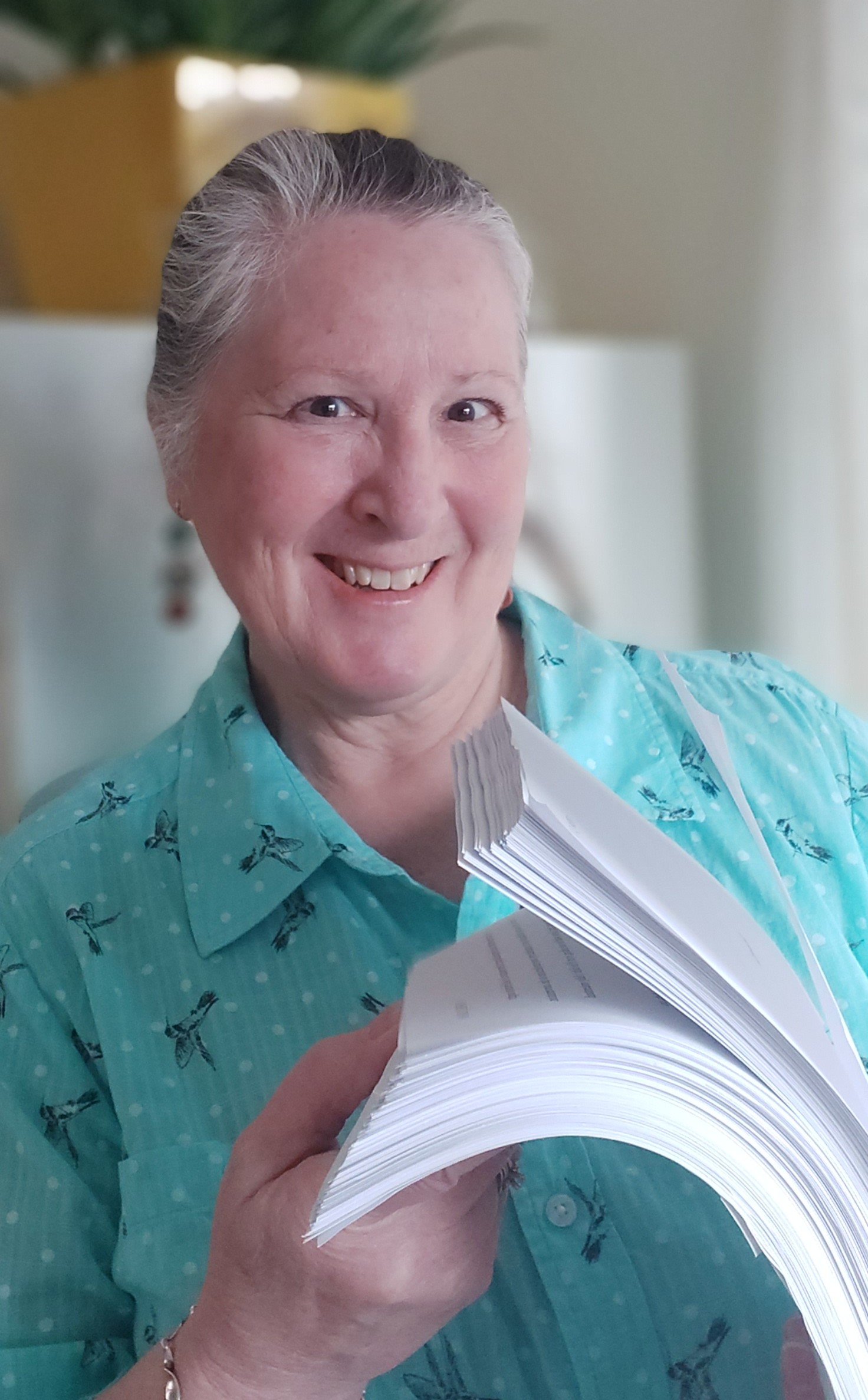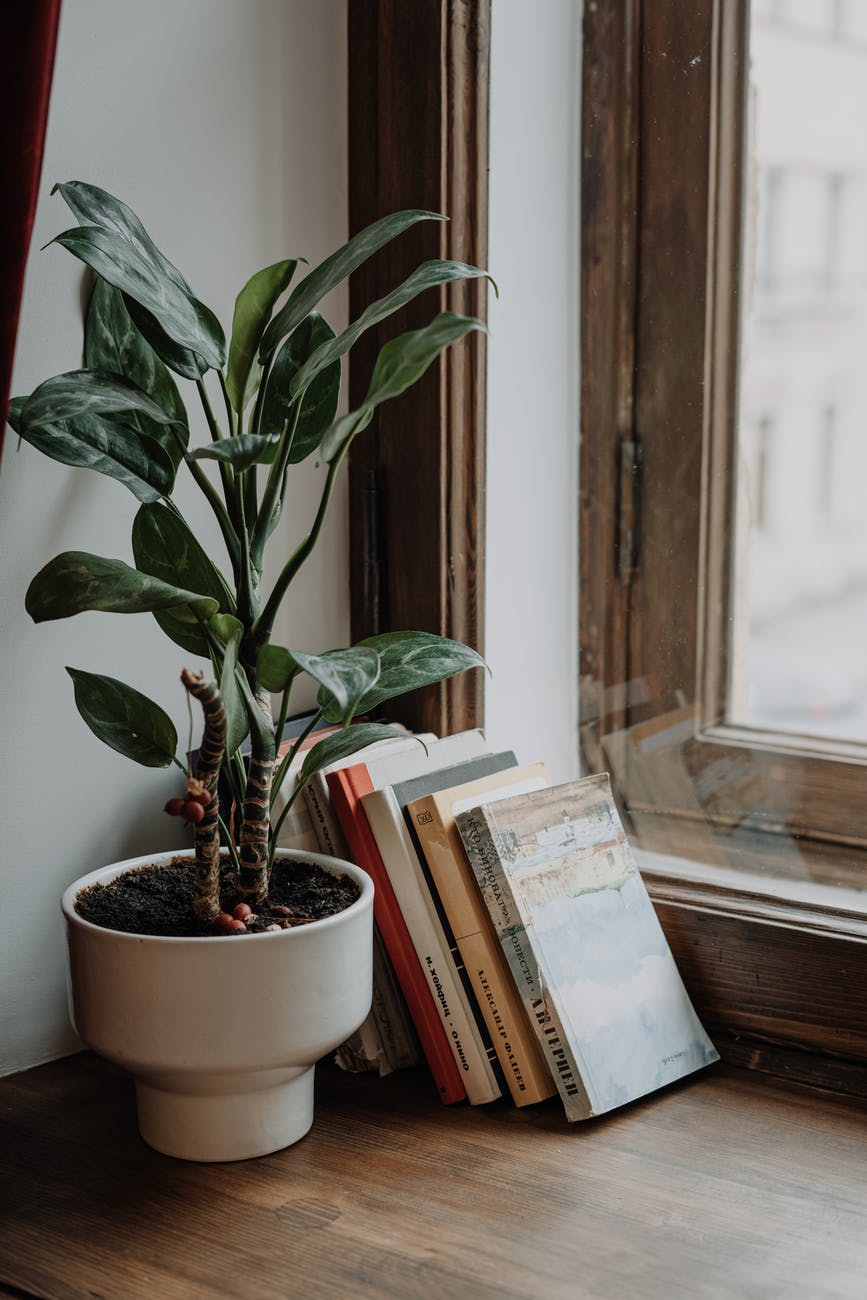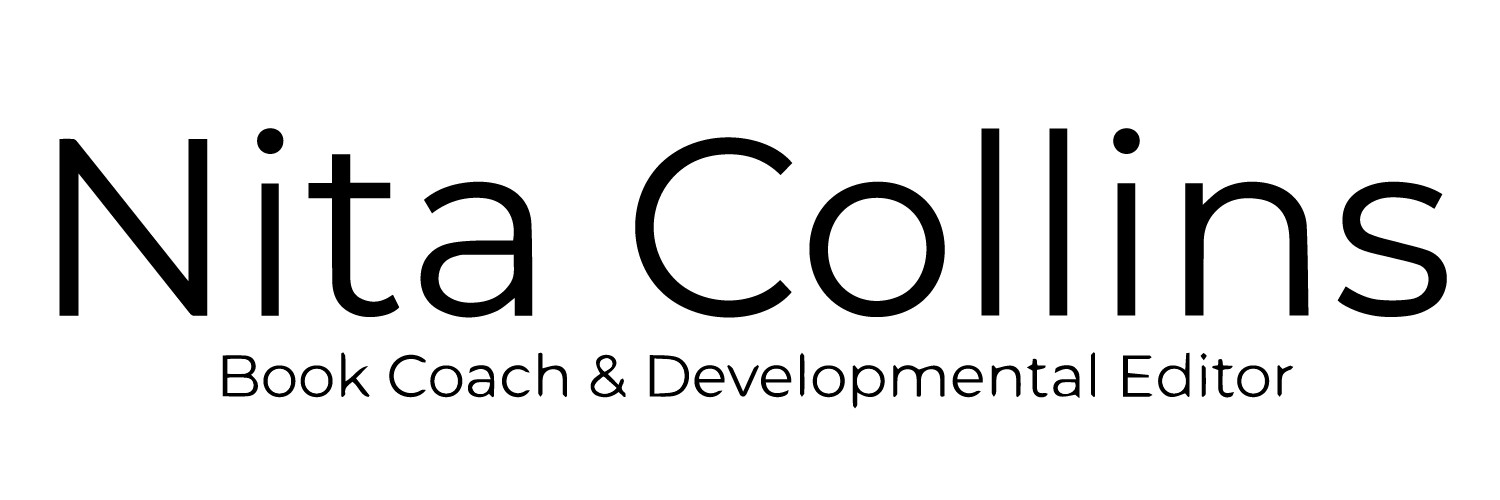Nita's insights into my manuscript helped me to discover the way to break into the next round of revisions.
Her examples illustrated how subtle the difference between telling and showing can be, and her breakdown of the weaknesses in my manuscript into red, yellow, and green light issues will be my guide as I work to take my draft to the next level. Offered with kindness, humour, and tough love, Nita's comments and editor's letter have allowed me to see the possibilities of what my novel can become--published!
Melanie Marttila, author
Nita gave me the tough love I needed in the gentlest of packages.
No question I had was too trivial or too difficult. A master listener, she stuck with me like a rock through a gamut of emotions until I fully understood her feedback. If you work with Nita, you’ll become a better writer.
Krista Lynn White, author
I'm thrilled with the suggestions she's made to make my writing, characters, and story stronger.
I met Nita by chance when we exchanged pages on the Women's Fiction Writers' Association website. Myself a long-time professional editor, I quickly realized I was in the hands of a naturally gifted editor by the type of feedback she was giving me. I immediately hired her to edit the rest of my book, and I'm thrilled with the suggestions she's made to make my writing, characters, and story stronger. I highly recommend Nita's editorial services.
Betsy Thorpe
Betsy Thorpe Literary Services
Nita Collins is everything I was looking for in a developmental editor.
Her reviews always arrive promptly and are very thorough and insightful, providing plenty of positive reinforcement along with gentle constructive criticism. She is very knowledgeable and backs up her recommendations with links to appropriate references. Never harsh or critical, she is, nonetheless, honest and does an excellent job of highlighting problems and making helpful suggestions for improvement. When my motivation starts to dwindle, Nita always inspires me to get back on track. She is warm and responsive, and I highly recommend Nita Collins without reservation, five stars!
Dr. Wendy Schaenen
I loved working with her!
Nita's insight on the writing process was very helpful. She showed me what my project needed, and gave me the extra push I needed to get back on track. I loved working with her. She’s positive and encouraging.
Kim Baccellia, author
I am so grateful for her skills in helping me hone the story I have to tell.
I am so fortunate to have Nita as a critique partner. With her innate skill, she pointed out places where readers would benefit from being inside my character's head and heart. She also, in her inimitable way, affirmed the specific gifts I have in writing and firmly addressed the major fear and shortcoming that undermined my story and its ability to attract potential readers.
Lisa Bodenheim, author
Nita was an absolute joy to work with.
She was communicative, available, and willing to work around my schedule. Her feedback was thorough, insightful, clear, and delivered with just the right balance of kindness and brutal honesty. I can't recommend her highly enough!
Natalie Dale, author
Her suggestions were delivered with kindness, encouragement, and enthusiasm.
Nita's developmental edit of the first thirty pages of my manuscript was extremely helpful. She provided insightful comments on the theme and other foundational elements as well as detailed line edits to highlight areas for improvement. Her suggestions were delivered with kindness, encouragement, and enthusiasm. I highly recommend her services.
Cheryl Hystad
Nita has made me a better writer. Simple as that.
She’s brilliant at showing versus telling, is detail orientated but can still see the big picture. If this is your first book, or your fiftieth, you will become a better writer with Nita by your side.
Holly Kerr, author
She pushed me to think more deeply about the story I've written.
Nita's evaluation of my manuscript was empathetic and insightful. Her input was professional and constructive and it has consistently pushed me to think more deeply about the story I've written. I would be more than happy to work with her again and sincerely recommend her to anyone looking for an editor or writing coach.
Susan Morris
She helped me become a better novelist.
Nita's insightful feedback on my early chapters gave me a road map to follow as I revised the rest of my novel. Direct, encouraging, and always kind, she helped me become a better novelist.
Courtney Shosh, author
Nita's insights into my manuscript helped me to discover the way to break into the next round of revisions.
Her examples illustrated how subtle the difference between telling and showing can be, and her breakdown of the weaknesses in my manuscript into red, yellow, and green light issues will be my guide as I work to take my draft to the next level. Offered with kindness, humour, and tough love, Nita's comments and editor's letter have allowed me to see the possibilities of what my novel can become--published!
Melanie Marttila, author
Nita gave me the tough love I needed in the gentlest of packages.
No question I had was too trivial or too difficult. A master listener, she stuck with me like a rock through a gamut of emotions until I fully understood her feedback. If you work with Nita, you’ll become a better writer.
Krista Lynn White, author




